Brisbane, Australia was experiencing an economy that was characterized by a mix of industries and economic factors.
- Diverse Economy: Brisbane had a diverse economy with strengths in various sectors. Key industries included construction, real estate, tourism, education, healthcare, and information technology.
- Tourism: Tourism played a significant role in Brisbane’s economy. The city was known for its attractions like the South Bank Parklands, Lone Pine Koala Sanctuary, and cultural events. The tourism industry created jobs and contributed to the local economy.
- Education: Brisbane was home to several universities and educational institutions, which attracted international students. This brought in revenue to the city and contributed to the growth of the education sector.
- Real Estate and Construction: The real estate market was a prominent aspect of Brisbane’s economy. The city saw significant growth in the construction and property development sectors. The housing market was active, with both residential and commercial developments.
- Technology and Innovation: Brisbane was fostering a growing technology and innovation sector. Startups and tech companies were emerging, contributing to job creation and economic diversification.
- Natural Resources: Queensland, the state in which Brisbane is located, has substantial natural resources. Mining and agriculture were key industries in the state and had an impact on Brisbane’s economy, although they were not centered in the city itself.
- Infrastructure Development: Brisbane invested in infrastructure projects, including public transport and road networks. These investments aimed to support the city’s growth and improve connectivity.
- Employment: The job market in Brisbane was relatively strong, with low unemployment rates compared to other Australian cities.
- Challenges: Like many other cities, Brisbane faced economic challenges, including the impact of global economic trends, environmental concerns, and issues related to infrastructure development and transportation.

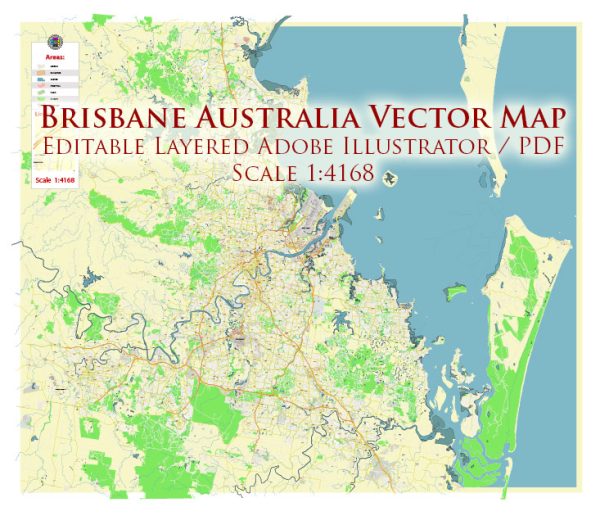
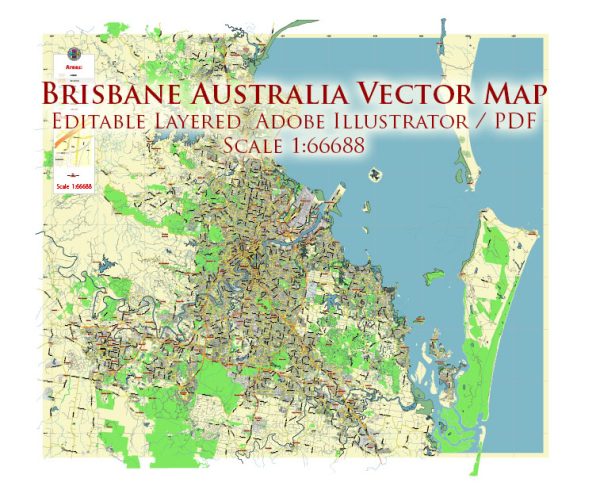
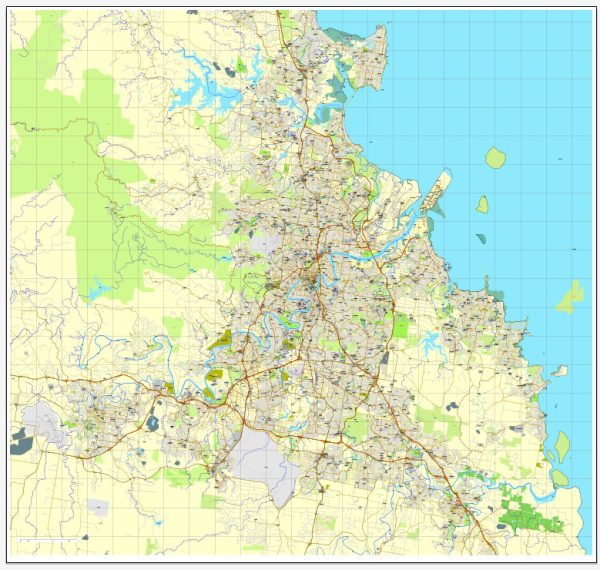
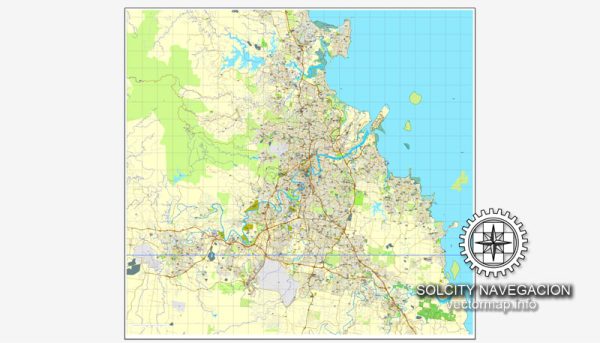
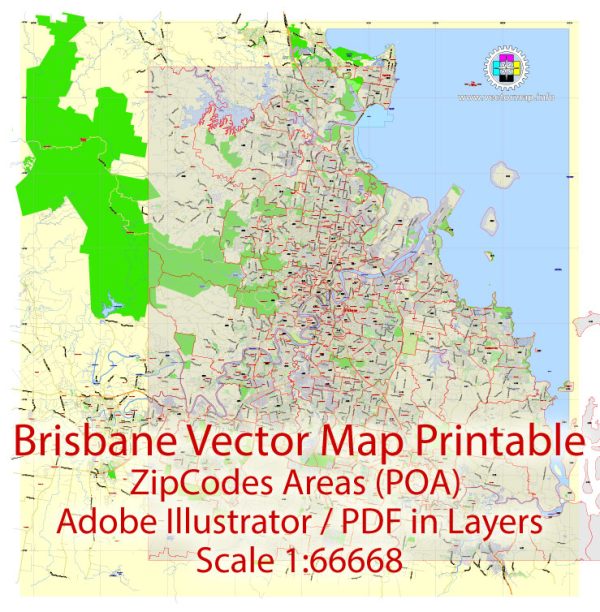
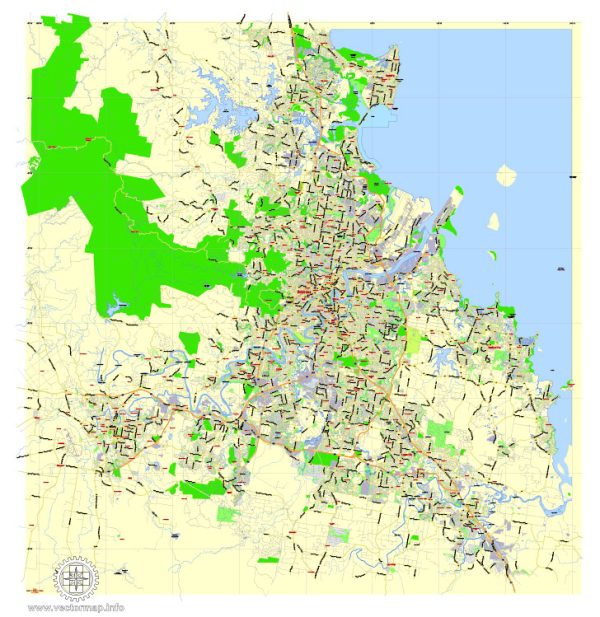
 Author: Kirill Shrayber, Ph.D.
Author: Kirill Shrayber, Ph.D.